Until perhaps a decade or so ago, Japanese whiskies have remained a delicacy enjoyed by the Japanese. However, after a few notable nods in the whisky awards world, Japanese whisky has since grown to become highly desirable around the globe. Today, there are less than a dozen companies, with less than a dozen active distilleries which produce a variety of styles of whisky. While some may think they rival Scotch, and it’s true, their style is modelled off of that of the Scots’, Japan has been able to carve out a unique niche in the marketplace that focuses on Scottish tradition combined with Japanese innovation.
Below is a guide to all the basics you need to know about Japanese Whisky including:
- The brief history of the industry
- The first Japanese Whisky (on record)
- What Makes Japanese Whisky Different from Scotch
- Japanese Whisky-Related Terms to Know
- The Main Distilleries in Japan (including a geographical map!)
- Some Featured Whiskies You Should Try
- Some Awesome Japanese Whisky Cocktails to Try
A Tale of Two Distilleries: A Brief History of Japanese Whisky
Whisky has been produced in Japan since the 1800’s, however, it’s said that they became commercially available in the 1920’s, around the time Suntory’s Yamazaki distillery opened. The industry was truly driven by two whisky houses (Suntory and Nikka) and more specifically two men, Shinjiro Torii and Masataka Taketsuru.
Masataka Taketsuru was born into a family of sake makers and thus developed an interest in spirits at a young age. Shortly after WWI, Taketsuru was chosen by his company to travel to Scotland and study whisky and the craft of distillation. Taketsuru began studying chemistry at the University of Glasgow and applying for apprenticeships with whisky distilleries. After a number of years of study, he returned back to Japan and connected with Shinjiro Torii, an entrepreneur who had started his own alcohol import company.
Together they started Yamazaki Distillery (which opened around 1923/1924 on Japan’s main island Honshu) under the company name Kotobukiya. Now over the years, Taketsuru and Torii began to have disagreements with the way in which the whisky was produced and in 1934 Taketsuru left the company and started his own company, Dai Nippon Kaju, and built Yoichi distillery in Hokkaido.
Wait a second. Kotobukiya? Dai Nippon Kaju? Why have you never heard of these? Well other than being impossible to pronounce by us Westerners, over time, the companies were rebranded and renamed.
Kotobukiya became Suntory (which became Beam Suntory in 2014) and Dai Nippon Kaju became Nikka.
Japanese whisky continued to grow throughout the 1900’s but was predominantly consumed domestically. It wasn’t until the 2000’s that it began to boom internationally thanks to some key award wins in the Whisky Magazine Awards, International Spirits Challenge and Jim Murray’s Whisky Bible. Today, Japanese whiskey has become an international sensation with a number of brands becoming available in British Columbia in the last few years (which will be outlined below).
First Sips: The First Recorded Japanese Whisky
It’s recorded that the first time Japanese whisky (or Japanese Scotch as it was called) was ever drank by the Western world was in 1918 when American soldiers landed in a northern Japanese port and tried Queen George which likely wasn’t reminiscent of a Scotch (or even a whisky perhaps) — but it did get the soldiers drunk and that’s what matters right?
Distilling Differently: Japan vs. Scotland
In Scotland there are around 100 distilleries. Japan has far fewer distilleries, less than a dozen in fact. While in Scotland even though those 100+ distilleries are rival companies, they trade raw distillates among themselves to create blended scotches (i.e. Monkey Shoulder is made from distillates from Balvenie, Glenfiddich and Kininvie). And the more variations of raw distillate they have to work with, the more stable the resulting flavour profile.
However, in Japan, there are very few distilleries and they don’t have a system for trading raw distillates among themselves (unless there are multiple distilleries owned by a single company like Suntory and Nikka). The long and short is that Japan has a unique system where a single distillery produces multiple different distillates which is something extremely uncommon in Scotland. An example of this, which I’ve mentioned in a past article here is Suntory’s Yamazaki distillery. It has malted barley, fermenters, stills and casks, which is the same as any other Scotch distillery, however, Yamazaki uses malted barley, wood and steel fermenters, does two fermentations and seven unique proper pot still styles. In addition, they use five types of oak casks, so they can theoretically make 70 different types of whiskies out of one distillery.
Japanese Whisky Terms To Know
Ji-Whisky
Ji-whisky is a whisky made from a local distillery that’s only available within that local region. Think craft whisky. The only catch is that rules surrounding whisky production are somewhat relaxed in Japan and so the local whiskies may not be made of proper stills or even out of grain.
Pure Malt
A term used by Nikka, “pure malts” are the equivalent of the blended malts of Scotland. They are made from a blend of 100% malted barley, pot still distilled whiskies.
Mizuwari
This is the term for a whisky and water — a very common serve in Japan.
Oyuwari
Think Japanese hot toddy — this is the term for a whisky and hot water.
Haiboru
The Japanese term for “highball”, when someone orders a “haiboru” it means a whisky and soda. Highballs are extremely popular in Japan with them even being available in canned form at convenience stores.
Mizunara Cask
Made from quercus mongolica, or Mongolian Oak, this is a type of oak indigenous to Asia (in particular Japan, China, Mongolia and Siberia). While it is in the same family as American Oak (quercus alba) and European Oak (quercus petrea / quercus robur), it is a very soft and porous oak and therefore is susceptible to leaks and damage. Therefore, some Japanese whiskies (and even Scotches… cue Bowmore) will finish their product for just a few months in Mizunara Casks to give the whisky deeper flavours of vanilla, honey, floral, blossoms, coconut and spice.
Shochu Cask
Shochu is a traditional Japanese distilled spirit made from rice, barley, buckwheat, sugar cane and/or sweet potatoes. Shochu will see maturation for anywhere between three months to three years on average, often in American Oak barrels (ex-bourbon casks) and be bottled at 25% to 45% ABV. Some Japanese whiskies will be rested, aged or finished in Shochu casks (i.e. Akashi White Oak Blended).
The Players: Key Japanese Whisky Companies
There are a number of smaller distilleries in Japan (ji-whisky producers), there are 11 main distilleries that I am featuring below. The “Feature Whiskies” below are current offerings that are available in British Columbia in 2017.
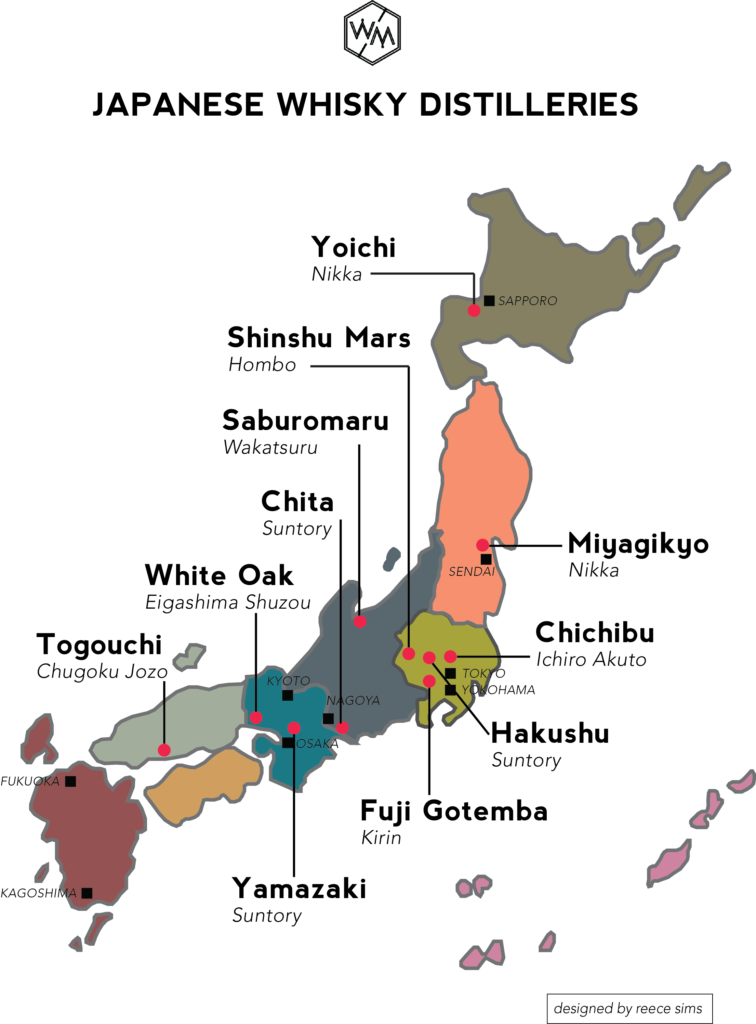
YAMAZAKI, HAKUSHI + CHITA
Claim to Fame: Japan’s Biggest Whisky Company
Owned By: (Beam) Suntory
Location(s): Mishima-gun (Osaka Prefecture), Hokuto (Yamanashi Prefecture), + Chita-shi (Aichi Prefecture)
Suntory has been producing whisky since 1923 when the Yamazaki Distillery was first opened by importer and businessman Shinjiro Torii. After hiring on young Masataka Taketsuru to assist with the distillation and blending, their first whisky, Shirofuda (or White Label in English) was launched in 1929. This big, bad, bold whisky was modelled off of that of Scotlands’: it was full-bodied and peaty which was not to the tastes and preferences of the Japanese marketplace which makes sense as much of Japan’s culture and cuisine is light, delicate and precise. Torii and Taketsuru went their separate ways and Torii created a new type of whisky called Kakubin (or Square Bottle in English) which was lighter and more desirable by the marketplace. You know, make whisky the Japanese way. This is certainly reflected in the expressions which are currently available to our marketplace.
Feature Whiskies:
Hibiki Harmony: Hibiki is a blend of a number of different whiskies that creates a harmonious final product (pun intended). Made from a blend of at least 10 malt and grain whiskies drawn from five different types of casks this expression showcases a symphony of complexity and balance. [Notes: Honey, candied orange and white chocolate]
Toki: Made from a blend of Chita (heavy-grain), Hakushu (peated) and Yamazaki (finished in Sherry + Bourbon casks) distillates, this blended whisky was created as the quintessential bartender’s Japanese cocktailing whisky. [Notes: Green Apple, Pear, Honey, Citrus, Oak + Ginger]
NIKKA (YOICHI + MIYAGIKYO)
Claim to Fame: Defined the Japanese Whisky Category
Owner: Asahi Breweries
Distilleries: Yoichi + Miyagikyo
Location(s): Yoichi District (Shiribeshi Subprefecture) + Sendai City (Miyagi Prefecture)
As one of the two whisky houses that set the foundation for the industry to grow and thrive, Nikka, which was founded by Masataka Taketsuru in 1934 after leaving a partnership with Shinjiro Torii, started out as a juice company. It was called The Great Japanese Juice Company as a matter of fact (in Japanese it was called Dai Nippon Kaju). Taketsuru had a vision to create Scottish-style whiskies which is why he built his first distillery in Yoichi, a city with a similar climate to Scotland. However in the meantime, Taketsuru produced apple juice, apply brandy, and other apple products. It wasn’t until 1940 that the first whisky products were released and continued to grow from there. In 1952, the company was renamed Nikka (which comes from Nippon Kaju) to reflect the focus on whisky. Today, Nikka is one of the most revered Japanese whisky houses, continuing to innovate with whisky expressions that take cues from traditional Scotch-making with a Japanese twist.
Featured Whiskies:
Nikka From The Barrel ($65+): Bottled straight from the barrel, this cask-strength whisky is big and bold. [Notes: Orange, Clove, Burnt Caramel and Dried Dark Fruits]
Pure Malt Black ($75+): This whisky showcases a balance of fruity elegance and strong peat notes to create a complex yet mellow expression. [Notes: Peat Smoke, Dark Berries, Cocoa, Coffee and Vanilla]
Pure Malt Red ($75+): This whisky contrasts Pure Malt Black’s rich, smoky taste with a more elegant aromatic fruity malt. [Notes: Red Berries, Cherries, Orange, Sweet Spice and Earthiness]
Nikka Coffey Grain ($95+): I want to get this out of the way from the get go: No, the Coffey Grain and Coffey Malt have nothing to do with coffee but rather refer to the Coffey stills (aka Column stills) that they are distilled in. As one of the few Single Grains in the marketplace currently, this whisky is made predominantly from corn which gives it light and sweet notes. [Notes: Sweet Corn, Melon, Vegetative, Grapefruit and Vanilla]
Nikka Coffey Malt ($95+): The richer, more complex sibling to Nikka Coffey Grain, Coffey Malt endures the uncommon practice of distilling a single malt in a continuous still (as opposed to copper pot still) giving it a uniquely rich, fruity, complex flavour profile. [Notes: Cocoa Malt, Orange, Tropical Fruits, Pralines + Vanilla Cream]
Nikka Taketsuru Pure Malt
Nikka Taketsuru 17 Year
Nikka Taketsuru 21 Year
WHITE OAK DISTILLERY
Claim to fame: Japan’s Oldest Whisky License
Owned By: Eigashima Shuzo Co.
Location: Akashi (Hyogo Prefecture)
Located close to Kobe Bay sits the White Oak distillery’s reflects the maritime air in its expressions. The brand is named after its hometown — Akashi — which translates roughly to the “sunrise city” where the owner’s family has been making alcohol for over 300 years. While White Oak Whisky holds Japan’s first whisky license, issued in 1919, serious malt production did not begin until 1984, when the current copper pot stills were put into action and a focus on premium whiskies began.
Featured Whisky:
Akashi White Oak Blended: This expression was modelled off a Scottish-style of blended whisky and finished with some Japanese innovation. The malt in the whisky is very lightly peated, blended with grain whisky and aged in ex-bourbon barrels as well as Japanese shochu casks (American Oak). [Taste: Malty, Citrus, Black Cherry, Vanilla and Oak]
MARS SHINSHU
Claim to fame: Japan’s Highest Distillery at 798 metres
Owned by: Hombo Shuzo
Location: Miyada-Mura (Nagano Prefecture)
Situated between the north and south Japanese Alps, Mars Shinshu is Japan’s highest whisky distillery, at nearly 800 metres. The Hombo family have been distilling for more than a century and they added whisky to their repertoire in 1949 in Kagoshima. That was the southern most whisky made in Japan until 1984, when all whisky production was moved to the current location in the village of Miyada in the Nagano Prefecture. This location boasts cool temperatures to slow maturation and a great water source which is granite filtered and fed by melting snowcaps.
Featured Whiskies:
Iwai Whisky ($75+): Inspired by American-style whiskies, this expression is corn-dominant (75% corn and 25% malt) and aged in ex-bourbon barrels. [Notes: Stone Fruits (pear, quince0, Red Fruits + Vanilla]
Iwai Tradition ($100+): A blend of 75% malt and 25% corn, this expression is finished in a selection of ex-bourbon, sherry and wine casks creating a distinctive flavour. [Notes: Cherries, Honey, Toffee, Ginger + Spices]
The Other Players (that you can’t get regularly in BC)
CHICHIBU
Claim to Fame: Japan’s Newest Distillery (founded in 2008)
Founded by: Ichiro Akuto (grandson of the owner of the now closed Hanyu distillery)
Owned by: Venture
Location: (Just out of) Chichibu City (Saitama Prefecture)
The Chichibu distillery is located in a part of Japan where the weather fluctuates quite drastically between seasons with the summers being hot and humid and the winters reaching lows of -10 degrees Celcius. What do this have to do with whisky? Well, the large temperature fluctuations help the maturation of whisky, creating a unique character to their expressions.
Featured Whisky: Once upon a time, back in 2014, the Ichiro’s Malt Chichibu The Peated ($200) was released in limited edition as part of the November Spirits release. Now this was a heavily peated malt, at just over 59 PPM, it surpasses the peat levels of those Islay monsters like Laphroaig, Lagavulin and Ardbeg. Unfortunately there were only 6700 bottles released world wide so it is quite rare! If you live in Vancouver and have a bottle open, holler. [Flavours: Malted barley, diesel, licorice, tar + tobacco]
TOGOUCHI
Claim to fame: Imports its Distillate from Scotland + Canada
Owner: Chugoku Jozo
Location: Hatsukaichi (Hiroshima Prefecture)
Chugoku Jozo was first opened back in 1918 and began producing fruit liqueurs, sakes and shochus. It wasn’t until 1990 that they began to produce whiskies under the brand Togouchi. Instead of distilling their own spirits, they import malt whisky from Scotland and grain whisky from Canada. Where the magic happens is with the maturation and blending processes that the company performs. Now for those of you who are thinking “what the… they don’t make their own whisky?!”, you will be surprised to know that there are a number of well-known whisk(e)y companies that do this (i.e. Bulleit Frontier Bourbon + Rye and WhistlePig).
Notable Whiskies:
Togouchi Whisky
Togouchi Whisky 8 Years
FUJI GOTEMBA
Claim to fame: The World’s Largest Whiskey Distillery
Owner: Kirin
Location: Gotenba (Shibanta Prefecture)
Beer giant Kirin, opened the Fuji Gotemba distillery at the foot of Mt. Fuji in 1972 choosing the specific site of the distillery due to its generally cooler climate compared to the rest of Japan (they wanted a climate similar to Scotland for maturation purposes) and access to a great water source deriving from the melting snowcaps of Mt. Fuji. The distillery is currently the world’s largest whisky distillery (yes beating out Glenlivet and Glenfiddich), covering 1.7 million square feet (520,000 square metres) with a production capacity of 12 million litres of whisky per year.
Notable Whiskies:
Kirin 25 Year Single Grain
Fuji Sanroku Tarujuku 50° Blended Japanese Whisky
SABUROMARU
Claim to fame: Oldest Japanese Single Malt Ever Released
Owner: Wakatsuru Shuzou
Location: Toyama City (Toyama Prefecture)
Remember that term “ji-whisky”? Well Wakatsuru started producing whiskies way back in the 1860’s as a ji-whisky company, producing small batches and putting their own spin on the products (which often means producing products that weren’t considered whiskey by international standards). It wasn’t until 1953 that their distillery was given an official whisky production licence and since then, have been producing small amounts of ‘legitimate’ whisky on and off.
Notable Whiskies:
Sun Shine Whisky
Saburomaru 1960 (55 Year Old Single Malt)
Japanese Whisky Cocktails To Try
Kamomiru [Reece Sims — Featured at T.S. Global]
50ml Akashi White Oak Blended Whisky
25ml Yuzu Sake
15ml Fino Sherry
15ml Chamomile Syrup
1 dash Grapefruit Bitters
Garnish: Lemon Zest
Glass: Old Fashioned / Rocks
Method: In a cocktail mixing glass add whisky, sake, sherry, syrup, bitters and ice. Stir for 10–15 seconds or until chilled. Single strain into a rocks glass with one single large ice cube. Garnish with a lemon zest.
Dezāto [Reece Sims — Original Creation for Whiskey Muse]
Ingredients:
60 ml Nikka Coffey Malt
30 ml Tawny Port (preferably a 20 yr)
5 ml Salted Maple Syrup
1 dash Scrappy’s Aromatic Bitters
Garnish: Brandied Cherries
Glass: Coupe
Method: In a mixing glass add ingredients and ice. Stir for 30–45 seconds until chilled. Strain into chilled coupe with a large ice cube and garnish with brandied cherries or edible flowers.
Onoda Old Fashioned [Chris Mosey — Brix + Mortar Fall 2016 Menu]
60 ml Suntory Toki Blended Whisky
10 ml Plum Wine
2.5 ml Simple Syrup
2 dash Apothecary Smokey Pear Bitters
1 dash Dale Degroff Bitters
Glass: Old Fashioned / Rocks
Garnish: Star Anise Smoked Glass
Method: Light a star anise on fire and cover with an old fashioned glass (this will effectively smoke the glass). In a mixing glass add ingredients and stir until integrated and chilled. Strain into old fashioned glass over ice and serve.
xoxo

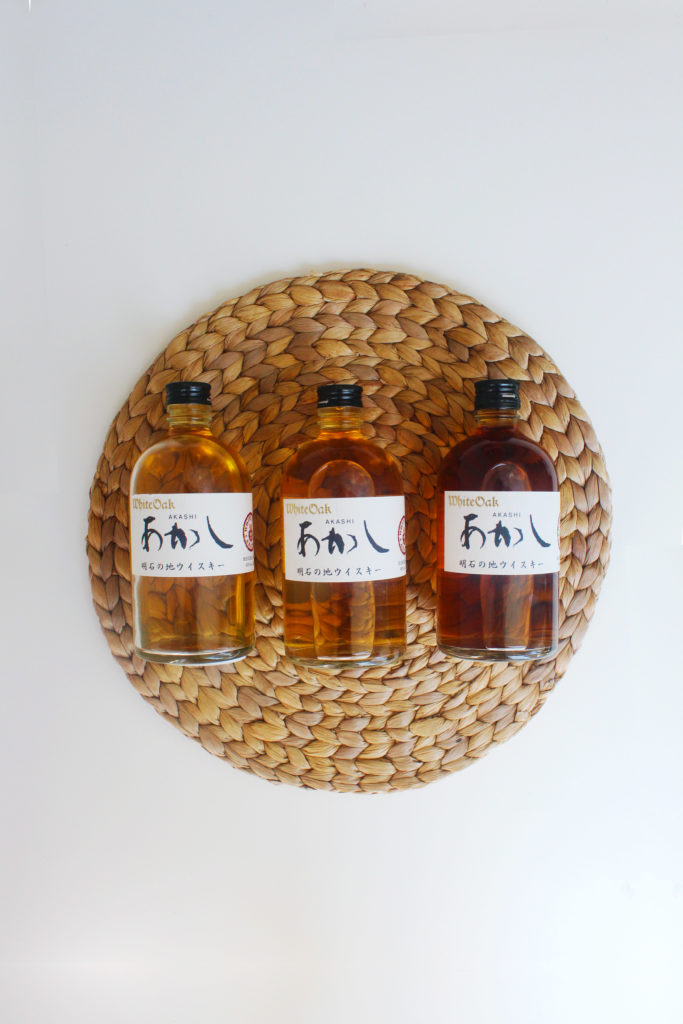
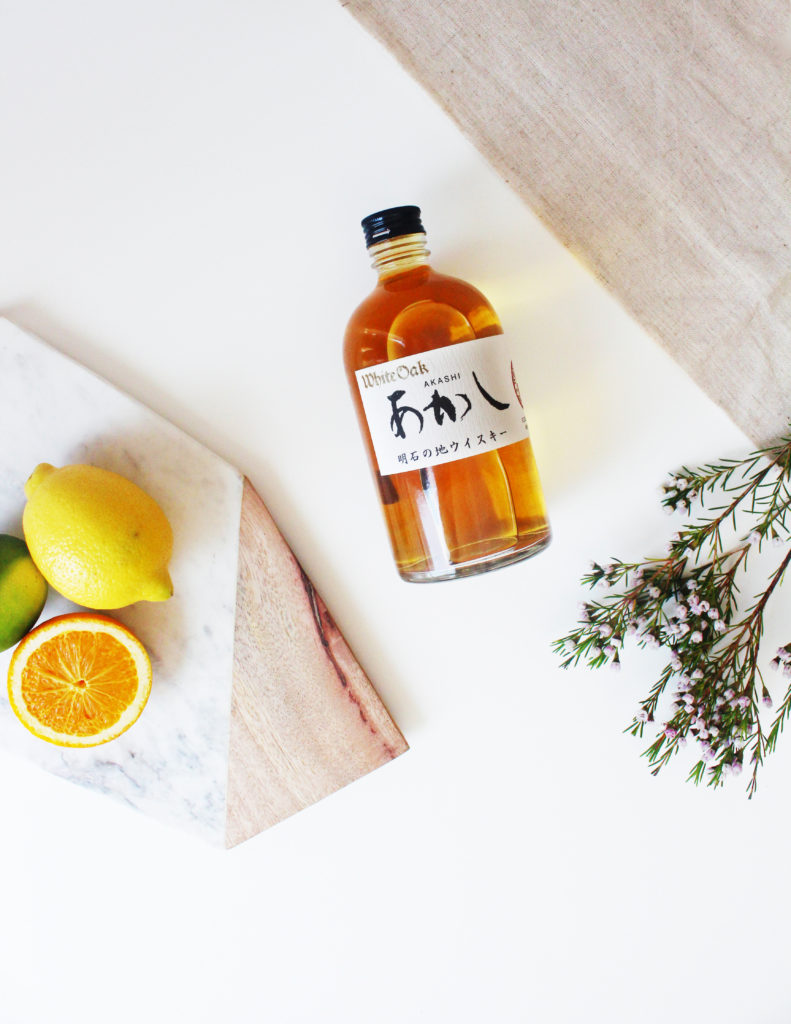
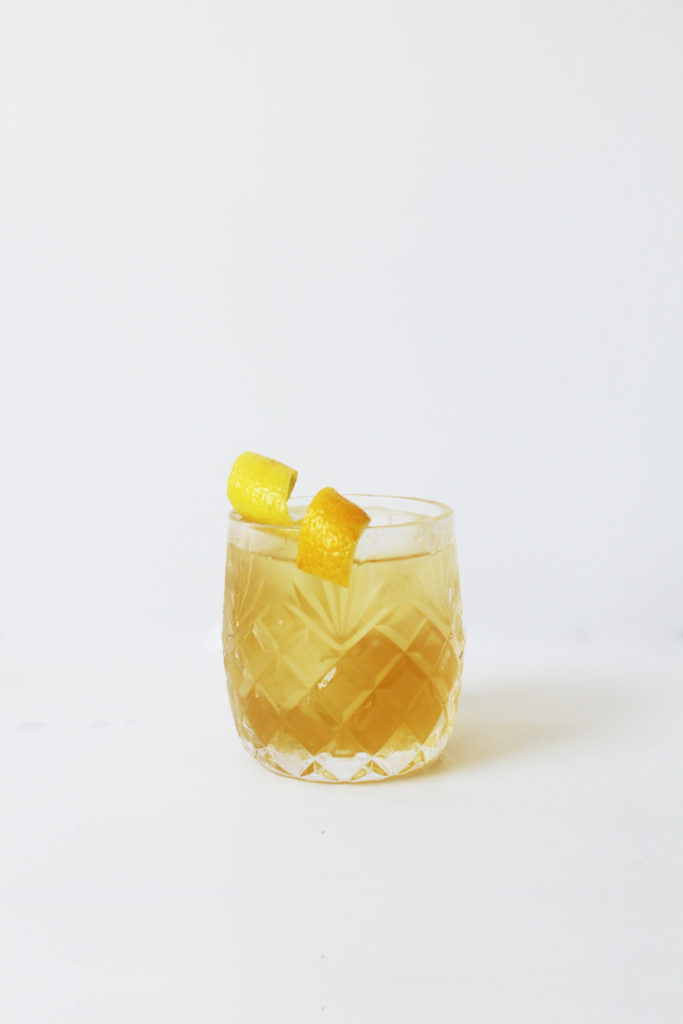
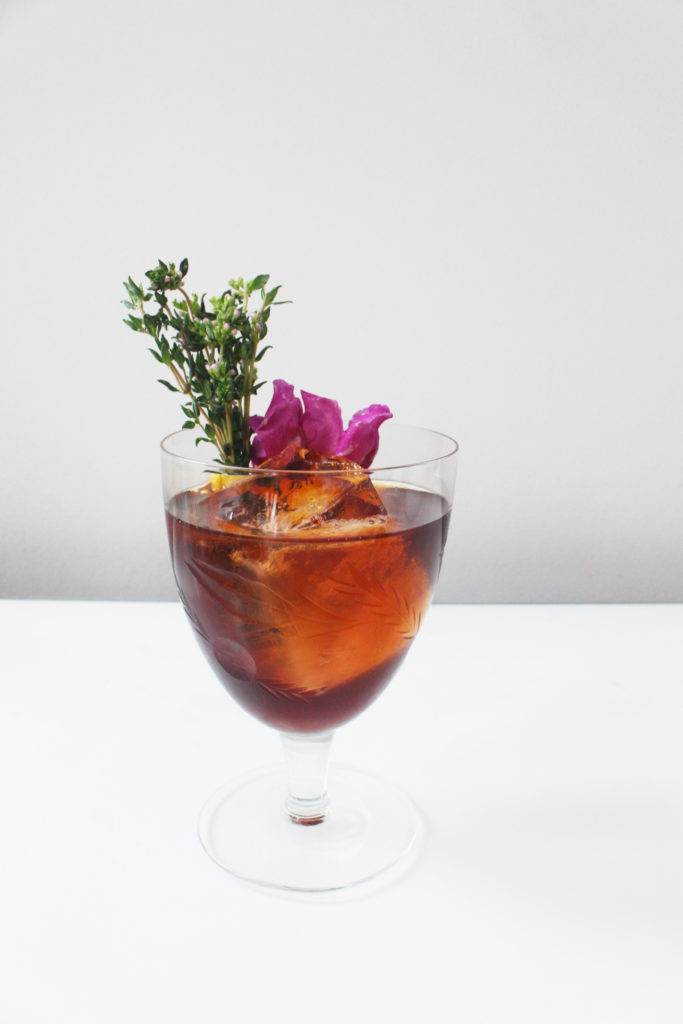


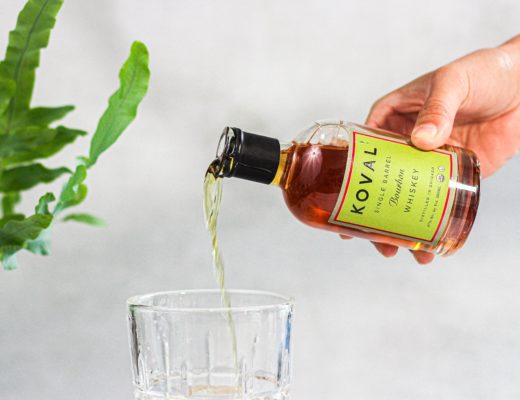
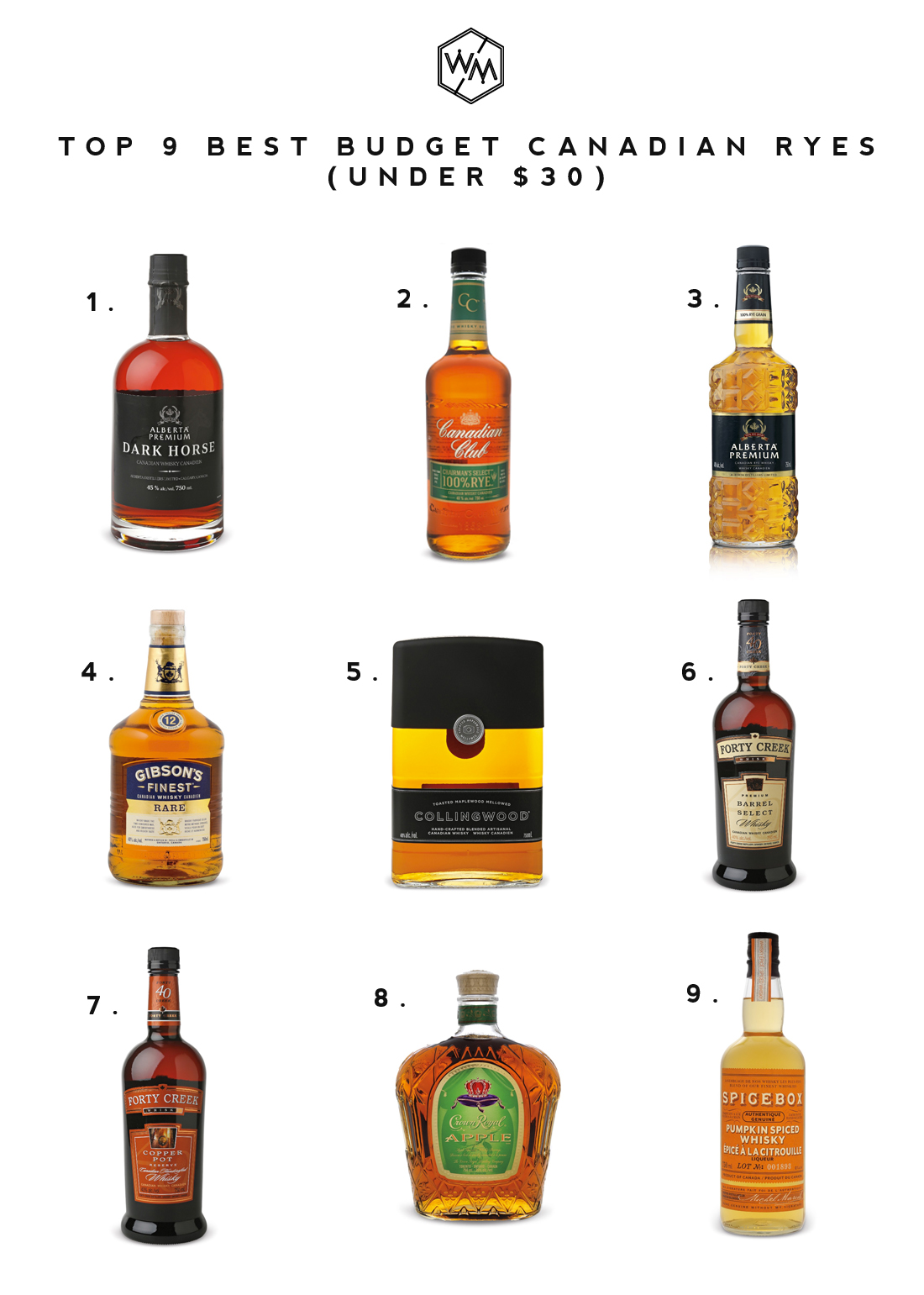

[…] AdvocateWhiskey Muse: Japanese Whisky […]